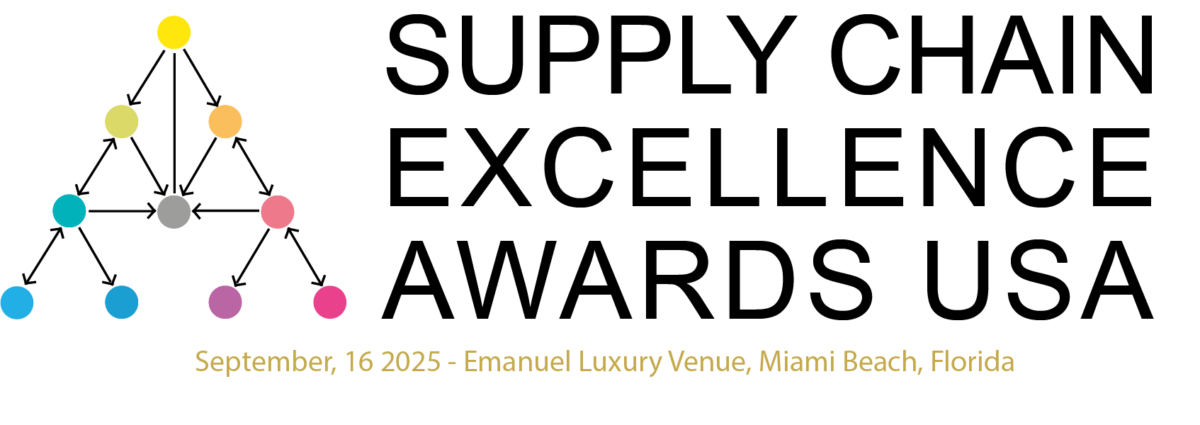The bestLog project, initiated by the European Commission, is making great progress on its way to establishing its core objective – an exchange platform for the improvement of sustainable supply chain management practice across Europe.
Defining best practice and how a company gains sustainable benefit from it by harmonising economic, social and environmental matters has been a milestone. The team has met many times to review and improve the ways best practice could be assessed.
The process that has been adopted serves two purposes – to decide whether a case put forward by a company should be taken into the platform as best practice in the first place and subsequently, to provide a methodology for how that case can be assessed in comparison with other examples.
This methodology was developed by reviewing theoretical concepts and working on 34 high-level pilot cases and eight detailed cases collected by the project partners. The methodology was examined in detail at the project’s second advisory and communications board (ACB) meeting in Paris in May this year.
The ACB consists of 33 high-level representatives from politics and industry across 19 EU countries who are qualified to judge the team’s work. On the basis of the ACB’s advice, the bestLog team developed the final evaluation process.
The assessment methodology is a quantitative assessment based on three fundamental sustainability dimensions – economic, social and environmental. Each is evaluated against a set of metrics to evaluate performance in each dimension.
The assessment process addresses each dimension in a similar way but does so separately, recognising that they are too different in nature to be covered effectively in a single index. The method is generic and applicable across all countries and sectors.
The question remains as to how assessment should be carried out in future and the bestLog team is investigating the inclusion of a qualitative third party evaluation process, perhaps using an independent jury.
Also, the generic methodology is being strengthened by applying it to real good practice cases from ACB members and incorporating that experience with the purpose of improving the way things are done and defining in greater detail the needs of specific sectors.
In the meantime, a second wave of case collection has been started. The cases collected will be published on the bestLog website, www.bestlog.org. The team is also seeking to collect good practices from a much wider public audience via the website.
As part of the bestLog project, the EU wants to set up what is being termed a European Logistics Label/Certificate to denote that those to whom it is awarded comply with the requirements of bestLog.
The team has identified more than 50 standards in the area of logistics, quality, safety and environmental management. In July, the bestLog carried out an analysis of these to see how they fit into its objectives and if any of them might be relevant for use with a bestLog standard in future.
The European Logistics Association is one of the partners in the bestLog project. Specialists are taking a lead by preparing a strategy paper which will serve as a framework for work to derive a range of alternative certification models for individuals and companies. The bestLog team will then prepare a series of options for a certification model.
The team will be working closely with the EU in the coming months to ensure that a practical solution is reached.
Balkan Cetinkaya is bestLog project manager at the University of Technology, Berlin






